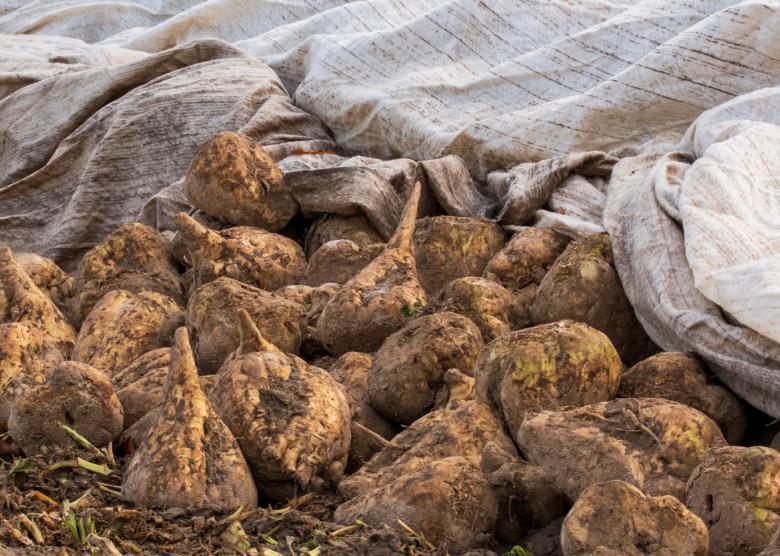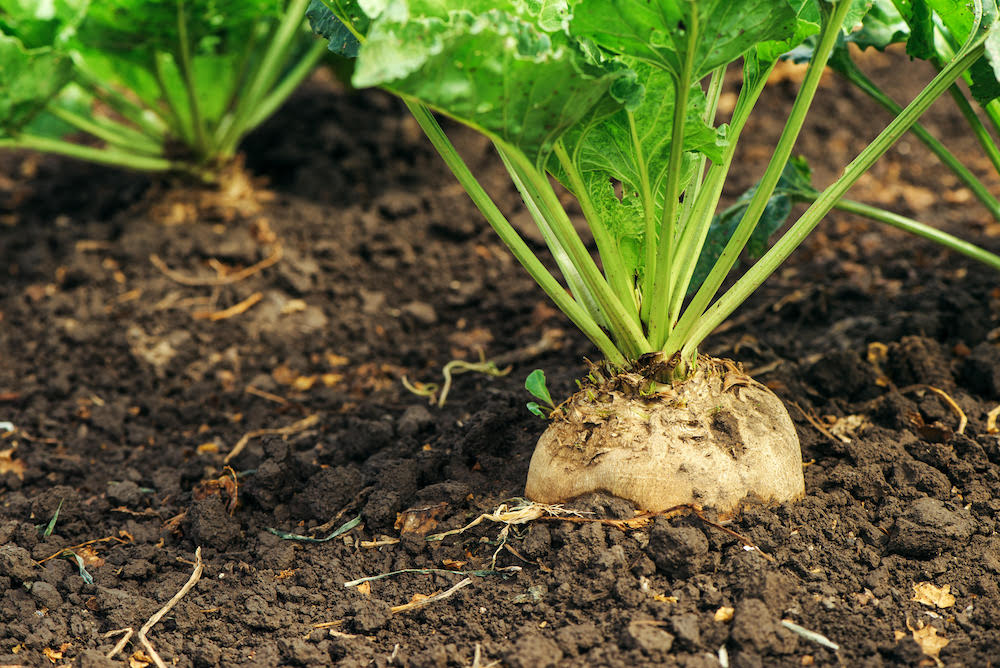Healthier Sweeteners: Beet Sugar vs Cane and Their Impact on Your Diet
Healthier Sweeteners: Beet Sugar vs Cane and Their Impact on Your Diet
Blog Article
Beetroot Sugar Vs Walking Stick: Discover the most effective Option for Your Sweetening Demands
The choice between beetroot sugar and cane sugar expands past mere sweet taste; it includes factors such as taste profiles, production methods, and dietary benefits. While both sugars serve similar functions in cooking applications, their distinctive characteristics might significantly affect your option based upon specific demands. For circumstances, the earthy touches of beet sugar might not complement every meal, whereas walking cane sugar is typically preferred for its clean taste. As we check out these subtleties, it ends up being necessary to consider which option aligns finest with your culinary goals and wellness choices. What could surprise you are the effects of each selection on your overall food preparation experience.
Introduction of Beetroot Sugar
Beet sugar, typically stemmed from the sugar beet plant, is regularly used as a crucial sweetening representative in different food. The sugar beetroot, a biennial plant, prospers in warm climates and is largely grown in regions such as Europe and North America. beet sugar vs cane. The removal process entails cutting the beetroots and drawing out the juice, which is then purified and taken shape to create granulated sugar
One remarkable quality of beet sugar is its chemical make-up, which is nearly the same to that of cane sugar, as both consist mostly of sucrose. This resemblance enables beetroot sugar to be used mutually with cane sugar in dishes and food manufacturing.
Beetroot sugar is additionally kept in mind for its adaptability in numerous applications, including baking, beverage formula, and confectionery production. In addition, the beet sugar sector has made strides in lasting practices, with several producers applying eco-friendly farming techniques.

Review of Walking Cane Sugar
Cane sugar, originated from the sugarcane plant, is just one of the most extensively acknowledged and used sugar globally. It is mainly made up of sucrose, a disaccharide that gives a sweet taste profile important for various cooking applications. Cane sugar is commonly found in granulated form yet is likewise offered as raw sugar, brown sugar, and powdered sugar, each serving distinctive purposes in cooking and cooking.
The growing of sugarcane projects in subtropical and exotic areas, contributing to its widespread availability. The plant grows in warm climates, requiring adequate sunshine and water for optimum growth. Walking stick sugar is frequently valued for its all-natural manufacturing method and minimal handling, which preserves its flavor and dietary residential properties.
Along with its cooking uses, walking cane sugar plays a significant function in the food market, offering as a chemical, fermentation substratum, and texturizing representative. Its flexibility expands past food, finding applications in beverages, confections, and even cosmetics. With a long history and a solid cultural existence, walking stick sugar remains to be a preferred selection for consumers seeking a natural sweetening choice.
Manufacturing Processes Compared
When contrasting the production processes of beetroot sugar and walking cane sugar, it comes to be clear that each method shows the special qualities of its source material. Beetroot sugar manufacturing begins with collecting sugar beets, which are then cleaned, cut, and subjected to hot water extraction to liquify the sugar.
In contrast, cane sugar production entails gathering sugarcane stalks, which are squashed to extract juice. The walking cane sugar process integrates a longer milling and pressing stage, which aids in removing maximum juice from the stalks.
Both procedures stress efficiency, yet the methods highlight distinctions in tools and energy usage. Beet sugar tends to have a much more uncomplicated handling path, while walking cane sugar production can be more complex as a result of the coarse nature of the walking stick stalks. Eventually, these distinctions shape the qualities of the sugars created.
Nutritional Profiles and Conveniences
Sugar, a staple in several diet regimens, varies in dietary accounts and advantages relying on its resource. Both beetroot sugar and cane sugar primarily consist of sucrose, offering comparable caloric web content-- around 4 calories per gram. Refined distinctions can impact consumer choices and understandings.
Beet sugar is obtained from sugar beetroots, which include little amounts of nutrients, such as potassium and calcium, yet these nutrients exist in negligible quantities when consumed in regular amounts. Conversely, cane sugar, extracted from sugarcane, might supply comparable trace nutrients, yet click over here the distinctions are mainly irrelevant and minimal in the context of a well balanced diet plan.
One remarkable element is the ecological influence of each resource, which can indirectly impact nutritional selections. Beetroot sugar production is commonly seen as more lasting because of reduced water use compared to cane sugar farming. In addition, some individuals favor beetroot sugar because of its non-GMO condition in certain areas, potentially straightening with health-conscious customer patterns.

Flavor Distinctions and Uses
Distinctive taste accounts characterize beet sugar and walking cane sugar, influencing their applications in different cooking contexts. Beetroot sugar has a somewhat earthy preference, which can be connected to the dirt in which the beetroots are grown.
In practical terms, beetroot sugar and walking cane sugar can usually be used mutually in a lot of recipes. Nevertheless, bread chefs and culinary professionals often lean in the direction of walking stick sugar for its superior capacity to caramelize, which is important in developing complicated taste profiles in confections and sauces. Additionally, walking cane sugar is preferred in drinks, as its flavor liquifies flawlessly, maintaining the stability of the drink.
Inevitably, the selection in between beet and walking cane sugar might come down to personal choice and the specific demands of the dish, with each type offering distinct attributes that can improve the cooking experience.
Conclusion
In summary, the selection in between beet sugar and cane sugar rests on details culinary applications and personal wellness factors to consider. While beet sugar provides a somewhat natural flavor and lasting production benefits, cane sugar's cleaner sweetness is frequently liked in cooking and delicate dishes. Reviewing the manufacturing processes, nutritional profiles, and taste distinctions can guide customers in advice selecting one of the most suitable sugar for their demands, guaranteeing both taste complete satisfaction and positioning with dietary choices.
Beetroot sugar, generally derived from the sugar beetroot additional reading plant, is often utilized as a vital sweetening agent in various food items. Walking stick sugar is typically located in granulated type however is also available as raw sugar, brown sugar, and powdered sugar, each serving distinct functions in cooking and baking.
When comparing the production processes of beetroot sugar and cane sugar, it becomes clear that each technique mirrors the one-of-a-kind features of its source material. Beet sugar production starts with gathering sugar beetroots, which are then washed, cut, and subjected to warm water extraction to liquify the sugar. Beet sugar has a tendency to have a much more straightforward processing route, while walking cane sugar production can be a lot more complex due to the fibrous nature of the walking cane stalks.
Report this page